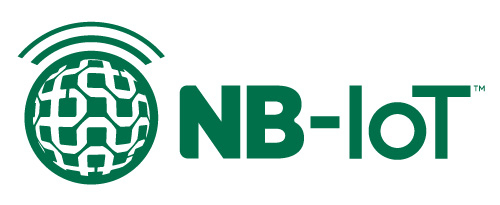NB-IoT or LoRaWAN - which technology is better?
What do the techniques have in common?
The Narrowband Internet of Things (NB-IoT) and the Long Range Wide Area Network (LoRaWAN) both belong to the Low Power Wide Area Networks (LPWAN). These are characterized by low costs, low energy consumption and high building penetration. Some of the batteries last more than ten years, and both technologies have encryption. This makes them both suitable for the requirements of remote reading of consumption meters and smart metering.


LoRaWAN - License-free radio communication
The license-free radio standard continuously transmits measurement and sensor data even over long distances. The sensors have a simple design. This makes them inexpensive and flexible to use.
The user can choose an existing network operator or build the infrastructure himself. With an own network, there is no dependency on an operator.
- Free of license
- 868 MHz frequency band
- Own network possible

NB-IoT - Use of an existing network
It brings similar features to LoRaWAN, but there is one important difference: NB-IoT uses the existing network of the major German mobile operators (Telefónica Deutschland, Deutsche Telekom and Vodafone) and can therefore be operated almost everywhere.
It is not necessary to build your own network, but it is also not possible to build your own self-sufficient network.
- Subject to license
- 800 MHz and 900 MHz frequency band
- Infrastructure already in place
Which technique is better now?
It depends on the use case; both technologies have their advantages. But the question is, does the user have to choose one of these technologies at all? Could the two IoT technologies even complement each other?
When wireless standards cooperate with eacht other and can play out their respective advantages hand in hand in a sensor-based IoT, they unleash enormous potential for the user. There are numerous technologies for data communication in the IoT. When making a selection, users should not limit themeselves to one radio standard from the outset. Those who know the differences and intelligently combine the advantages can get more out of their networked sensors.
Combine radio standards and benefit from advantages
The mix of high-density metropolitan areas and remote areas
is the ideal use case for this IoT technology mix!
Smart Metering
In metering, on average up to five percent of the meters are outside the existing radio range. Reaching these last percent causes comparatively high costs for the operators of LoRaWAN networks. Running the entire network with NB-Iot, in turn, also leads to higher costs. The combined use of LoRaWAN and NB-IoT solves this problem.
Smart Agriculture
In the field of smart agriculture, the radio standards also work sensibly hand in hand. The agricultural operation with stables, greenhouses and processing areas is the agglomeration area for LoRaWAN. For distant fields or monitoring of grazing animals, on the other hand, NB-IoT again supplements the gaps in the LoRaWAN network.
Smart City
Another example is a property in the city center, such as a train station, whose basement rooms are to be integrated into an existing LoRaWAN IoT. If walls are very heavily shielded and there are several floors in between, LoRaWAN may not be able to penetrate them completely. An NB-IoT module provides a complementary remedy here.


